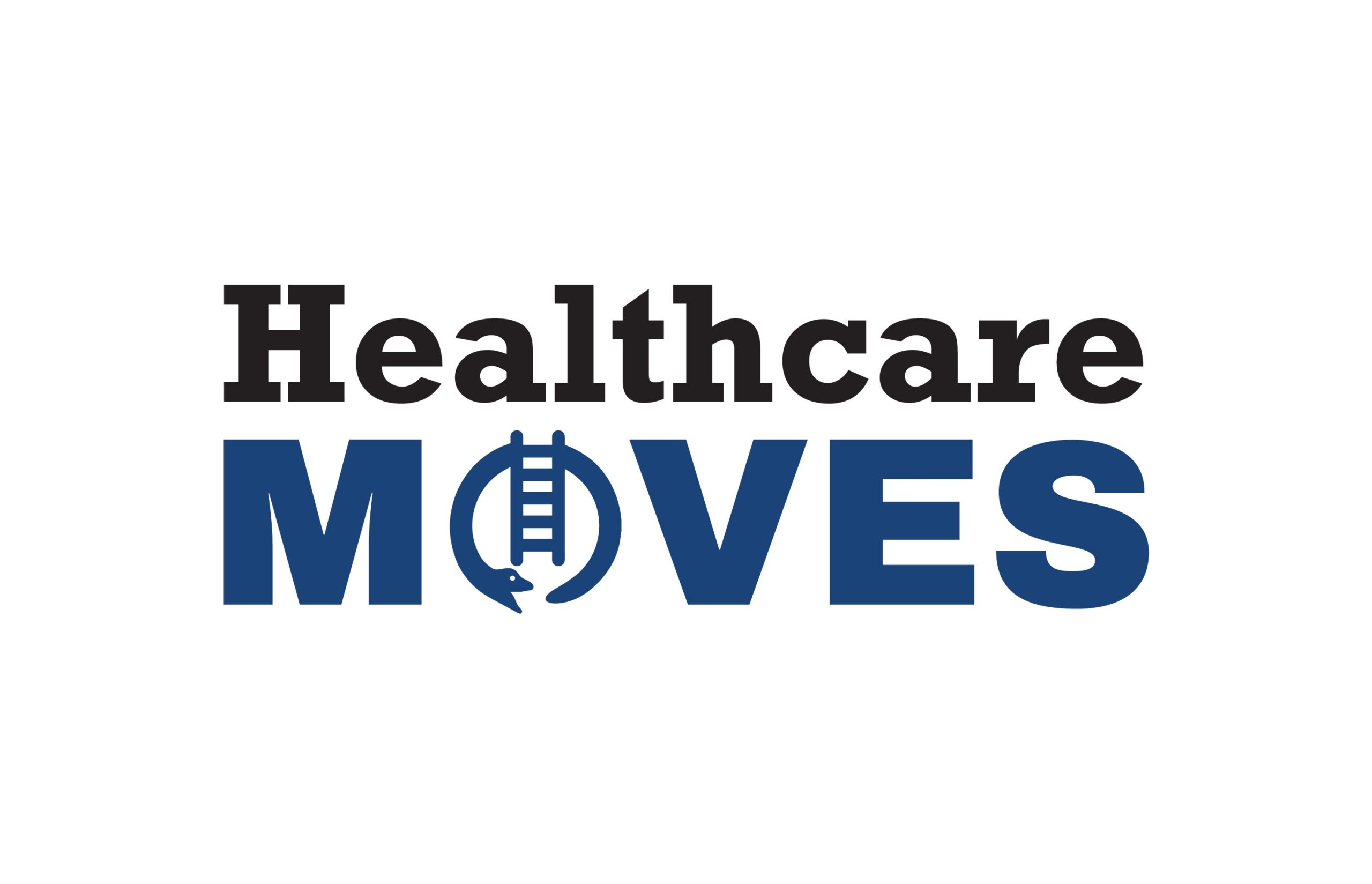Chris Downey lost his sight in 2008. The San Francisco architect had surgery to remove a brain tumor and went blind three days later. His TED talk is about experiencing the city before and after becoming blind.
His ideas about how to design a city to make life easier for blind people are relevant for all of us. You can substitute “a person with diabetes” or “a person with heart trouble” or “a person in a wheelchair” or “a parent with two little kids” or even “a 90-year-old.”
He closes his speech with a saying from the disability community: There are those with disabilities, and there are those that haven’t quite found theirs yet. I couldn’t agree more with his comment that looking at human beings this way is “a lot more honest and respectful of the fragility of life.” I get mad when people with no visible health problems start blaming other people’s health issues on lack of will power (or character or intelligence or whatever character flaw), as in “Fat people just won’t take care of themselves.”

With the Rise of AI, What IP Disputes in Healthcare Are Likely to Emerge?
Munck Wilson Mandala Partner Greg Howison shared his perspective on some of the legal ramifications around AI, IP, connected devices and the data they generate, in response to emailed questions.
Anyone who has made that comment needs to take a step back and consider the fragility of life – including his own. Although diagnostics companies are working hard to make all disease predictable and preventable, most of us still don’t know what the future holds for our mental or physical health. If we designed cities and doctors’ offices and malls and treatment programs and drugs and devices with the idea that someday we will need to use them, healthcare would be cheaper and more successful.
Here is Downey’s argument for why blind people should be the first use case for designing cities.
… I want to propose to you today that the blind be taken as the prototypical city dwellers when imagining new and wonderful cities, and not the people that are thought about after the mold has already been cast.
So if you design a city with the blind in mind, you’ll have a rich, walkable network of sidewalks with a dense array of options and choices all available at the street level. If you design a city with the blind in mind, sidewalks will be predictable and will be generous. The space between buildings will be well-balanced between people and cars.
In fact, cars, who needs them? If you’re blind, you don’t drive. If you design a city with the blind in mind, you design a city with a robust, accessible, well-connected mass transit system that connects all parts of the city and the region all around.
If you design a city with the blind in mind, there’ll be jobs, lots of jobs. Blind people want to work too. They want to earn a living.
So, in designing a city for the blind, I hope you start to realize that it actually would be a more inclusive, a more equitable, a more just city for all. And based on my prior sighted experience, it sounds like a pretty cool city, whether you’re blind, whether you have a disability, or you haven’t quite found yours yet.












